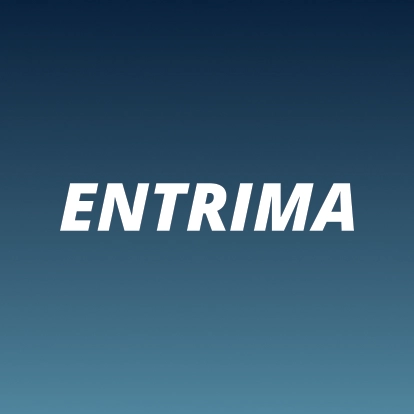
Training:
Power – Spark Spread
Short description
Master the dynamics of various spark spreads (with different ratios) and perform market risk management.
Objective
The aim of this simulation is manifold, namely to understand what a spark spread concerns and that different ratios apply to the spark spreads for different power plants (with different energy-efficiency and carbon-intensity levels), as well as to see that any spark spreads is dynamic. In addition, it allows you to experience that transacting a spark spread yourself requires swift action in all (3) legs.
Capacity
You act in the role of a power trader at a utility.
You act in the capacity of aggressor.
Task
Your task is to secure the future gross operational margin (on a forward basis), by selling the so-called ‘spark spread’. This way, you secure the future cash flows relating to your power plant (i.e. hedging). In other words, source (purchase) the input commodities (hence, setup a long gas position and a long carbon position) while you, simultaneously, sell the output commodity (hence, you set up short power position). On the basis of your realised prices, you should calculate the gross operational margin you have secured for your employer. For this calculation you need to consider the relative volumes of the fuel and emission rights versus the electricity (input-output ratio). As a matter of guidance, consider the following ratios which are reflected real-time (on screen) on the basis of actual market prices (mid price):
50% energy-efficiency; 0.50 carbon-intensity:
Spread = The value of 1 MWh of power output minus the marginal cost
Whereby: Marginal cost = (gas price : 0.50) + (carbon price * 0.50)
55% energy-efficiency; 0.45 carbon-intensity:
Spread = The value of 1 MWh of power output minus the marginal cost
Whereby: Marginal cost = (gas price : 0.55) + (carbon price * 0.45)
60% energy-efficiency; 0.40 carbon-intensity:
Spread = The value of 1 MWh of power output minus the marginal cost
Whereby: Marginal cost = (gas price : 0.60) + (carbon price * 0.40)
Conclusion
At the end of the simulation, analyse your performance. See what you have done and when you have done this and whether it could have been optimised. This way, you learn and optimise your competences.
